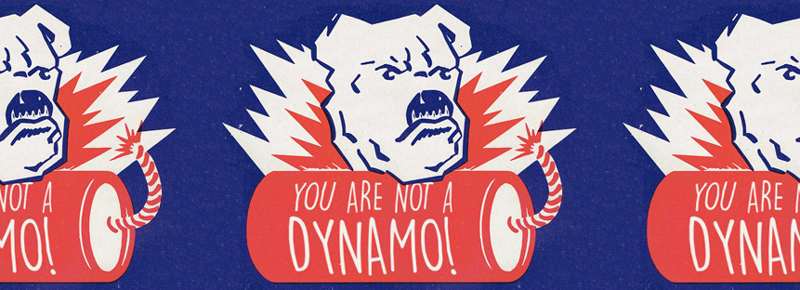Onboarding Your Boss
You have a new boss. Who has responsibility for getting her or him on board?
This is the third in a series of blog posts about onboarding. The prior two have covered onboarding yourself and onboarding a team. The notion of helping a boss get acclimated is a bit paradoxical, because it upends the traditional hierarchical view of the power relationship. Seen the usual way, the leader leads, is self-reliant and omniscient. In reality, many high level managers have confessed their inability to see down many levels into an organization as their focus becomes higher and broader, and they have moved from doing (hands-on participation) to deciding (often with information they get second hand).
When people get promoted it’s usually (though not always) for good reason. Increasingly, we’ve seen in technical companies that subject matter expertise can get someone a job managing people, which is an altogether different skill set. That’s a challenge for everyone. Even if your leader has leadership skills, it’s just a good practice to help her or him out, as you would with any newcomer to your group. Here are some tips to assist you.
Be subtle. Assuming you are the only wise native guide to the mysteries of your group will likely land you in trouble both with your peers and with your boss. These tips are designed to be carried out subtly, without your leaving a footprint in the snow.
Adapt more. In any successful relationship, there’s give and take. When onboarding a new boss, it’s wise to do more of the adaptation, and initially expect the leader not to change at all. Systems have a way of reacting. If, for example, the boss exerts the wrong kind of control over the group, through results in most situations over time the issue will become clear.
Use learning style. This is not flattery, it’s common sense. And the best part is, no one knows you’re doing it. Review the 5 Dynamics resources on learning styles, and address your boss in the style(s) that work best for him or her. This applies to conversations, presentations, meetings, and documents.
Pick up the things that correspond to the leader’s lower Energies. If you sense that the boss is low in Examine, for example, weave into your work elements that include priorities, important details, objective decisions, and the like, so the boss won’t have to. This kind of complementary relationship is how you support any colleague in the 5 Dynamics way of working. Normally, once a leader figures this out, the reaction is relief.
Figure out the leader’s value system. Imagine a situation where a “hard charger” now runs a group that had been somewhat lackadaisical. Hollywood has made scores of movies about this. While this can cause pushback from the group, consider the boss’s value system (accountability and achievement) in the context of the Success/Satisfaction Cycle (in this case, Execute). It’s making the group better. Individuals’ impulses and drives can become much more palatable if considered in this light.
Get clear on what’s expected. Some people have unclear ways of asking for things. This can cause their colleagues to work on the wrong things, or create outcomes that aren’t “to spec”. Feed back what you think you heard, and check if you’re correct. Over time, both you and the new leader will self-adjust and sharpen the language, without your ever having to point it out.
Provide 5 Dynamics‘ pair reports. No surprise here! We hope 5 Dynamics is part of your team’s culture. Almost every team lead we’ve worked with has asked for leadership and peer to peer reports. The strongest ones schedule one-to-one sessions, using tools like the conversation guide, to get clear on people’s process. But this should not be unidirectional. Run versions where you are the boss’s “Leader”. (This means you are taking responsibility for the Energetic aspects of the relationship, and using this knowledge for positive influence.)
Ultimately, in the 21st century, work has become more hierarchical. While a holocracy is likely a pipedream, it doesn’t mean you cannot respectfully navigate onboarding someone above you to create a better outcome for yourself, the leader, and the enterprise that pays you both.
Do you have any advice? Please let us know.


